Oceania

Moai on Easter Island
The Moai are large statues on Easter Island in Oceania, known for their distinctive head and facial features. The moai were created by the Rapa Nui people likely between 1250 and 1600 CE.

Lapita Pottery from the Santa Cruz Islands
This pottery sherd dates from around 1000 BCE and is from the Lapita culture, the likely common ancestor of contemporary Polynesian cultures. This sherd was found in the Santa Cruz Islands, part of the Solomon Islands.

Zoomorphic Figure from Papua New Guinea
This stone figure from an unknown culture in ancient Oceania may represent an echidna, which is an egg-laying mammal that is related to the platypus.

Bird Stone Figure from Papua New Guinea
This stone figure from ancient Oceania loosely shaped like a bird comes from an unknown ancient culture that lived in the highlands of Papua New Guinea.
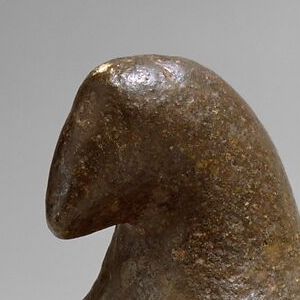
Pestle Finial from Papua New Guinea
This image is of a pestle finial in the shape of a bird from an unknown culture in ancient Oceania. Pestles are a tool used for crushing or grinding, often used for cooking ingredients such as spices, and were likely also used with other stone mortars that have been found in the region.
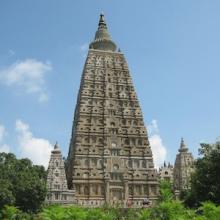
Analyzing Travel Records
In a way, all historical thinking and all historical writing deal with travel accounts.
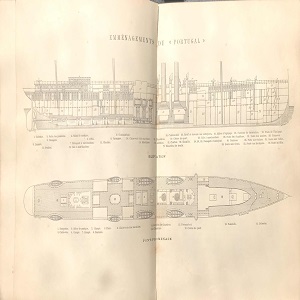
Ship Plan of a Late-19th Century Steamship
This ship plan from the late-19th century offers a partial view of spatial arrangements within a Messageries steamship.

Shipping Company Route Map from 1889
This route-map of the Messageries Maritimes shipping company displays the main routes connecting metropolitan France to its empire in the Indo-Pacific. While the map dates to 1889, these routes retained their basic structure through the 1950s.
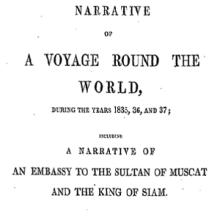
Short Teaching Module: Global Microhistory and the Nineteenth-Century Omani Empire
In their primer essay, Jessica Hanser and Adam Clulow note how scholars of global microhistory explore relationships between macro and micro, deep structures and contingency, and big state actors and minor players.
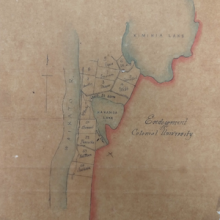
Primer: A Global History of Higher Education
Histories of higher education tend to focus on a single institution – the university biography – or address the subject within the context of the nation-state.